5 Reasons Your Business Should Consider Glass Bottles and Containers
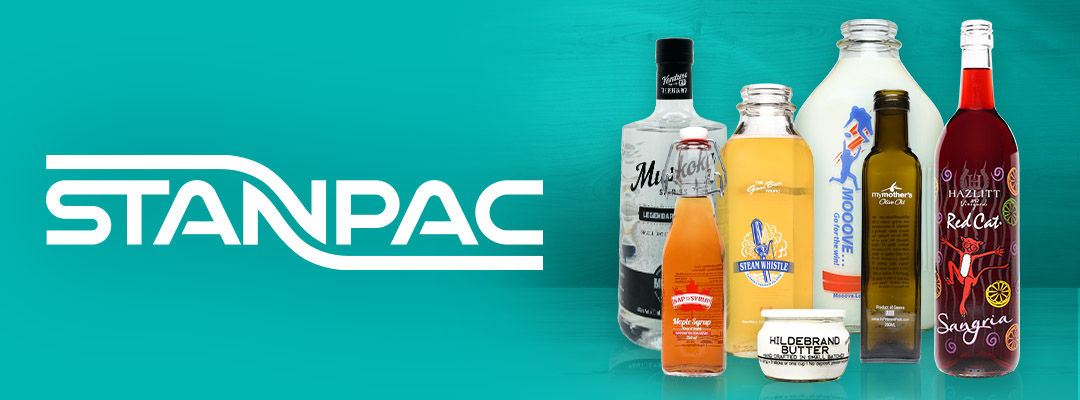
A Decision That Is Clear As Glass
Whether you’re in the research and development stage of your business, have recently launched a product, are considering a rebrand or product expansion, or you’ve been around long enough to build a name for your brand and are looking to freshen things up, the decision to offer your products in glass bottles and containers is likely a topic that’s been on the table at least once or twice.
Packaging decisions are never easy to make and more often than not, line items like cost and logistics are top of mind when the decision is made to offer products in a more affordable and lightweight plastic packaging. While these considerations are important, there are many other reasons why glass packaging is worth the higher price point.
More frequently we are seeing companies make the switch to more sustainable packaging for their products. Some of the industries that have been proven to benefit exceptionally from adopting glass packaging include those who are manufacturing alcoholic beverages, condiments, juices, oils, salad dressings, jams, maple syrup etc. These industries can partially attribute their success to the packaging of their product, and they have an excellent understanding of who their products appeal to. Once you have identified your ideal customer, ensure that your packaging aligns with them through every stage of the consumer journey. From product selection on the shelf, to the use, storage and display of the product at home, it’s essential to think about how your product will resonate with your target audience.
While it is important to stand behind the quality and craftsmanship of your product, and understand who your loyal customers are when determining the packaging choices you make for your product, here are a few more reasons that your business should consider packaging your products in glass bottles and containers.
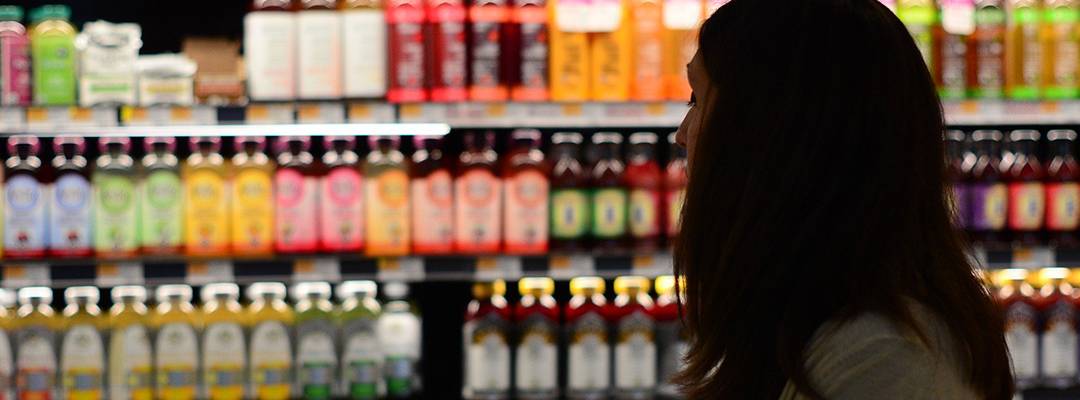
1. Glass is reusable.
The life of most plastic packaging is over almost immediately after the product is used or consumed, which is why making reusable glass packaging part of your business model should be front of mind.
Purchasing glass bottles and containers is a smart alternative because they can be safely reused with some basic cleaning methods. Businesses are starting to implement bottle return programs and even offer an incentive to customers who do so. Stanpac can provide your business with glass bottle cleaning machines, which may be purchased and delivered directly to your business.
Have some fun with the design of the packaging – this is your chance to get creative! Many glass companies have a collection of stock designs to choose from to make your brand come to life. Custom molds are available if you’d like to take your packaging to the next level, however this does require purchasing a significant quantity which can become a substantial investment.
The design of your bottle or container should be something that your customers will want to reuse in their homes. If they enjoyed your product, had a great experience, and see your packaging on a frequent basis, the more likely they are to be a regular consumer of your product.
There are many businesses, including breweries, juiceries, dairy farms, and more, who have already moved to a more sustainable, reusable packaging. Bulk and zero-waste stores like Bulk Barn are now selling branded jars for those who prefer to not use plastic bags. In this case, glass bottles and jars become a new revenue stream and because the jars are branded, it keeps you top-of-mind.
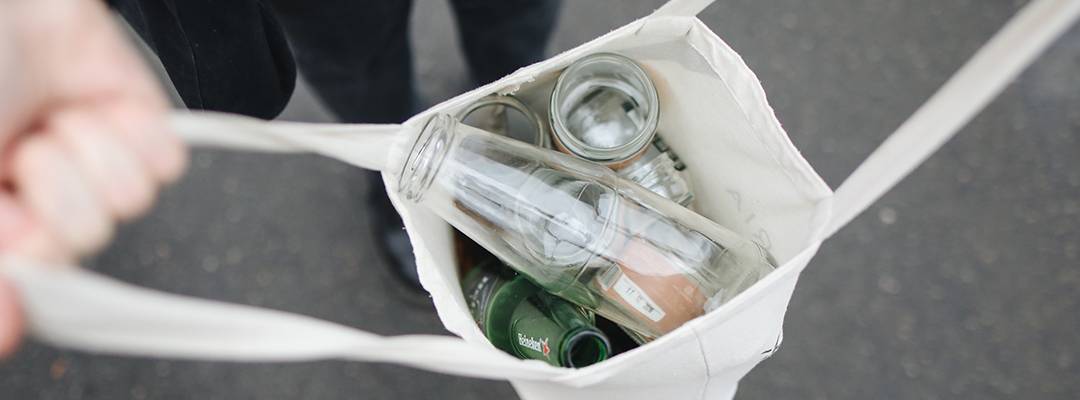
2. Reduce contaminants and maintain taste.
As a food and beverage packaging option, glass is considered “GRAS” (Generally Recognized As Safe) by the U.S. Food and Drug Administration (FDA). The FDA is a useful reference for packaging as it provides educational information, databases and listings related to food allergens, ingredients, food and colour additives, and GRAS substances.
Glass does not contain harmful chemicals, which means that they will not be released into your food or beverage product. Glass is also a non-porous material, meaning that with proper sterilization, your product will maintain its taste and flavour. Remember, a high-quality product will attract a high-quality customer who is willing to pay a premium.
For example, dairy farmers like Straus Creamery are strong advocates of packaging their product in glass bottles. Not only does it keep the milk tasting crisp, fresh, and unaltered, but consumers also suggest that it feels colder than milk out of a plastic jug or bag. Due to the reduced travel time from farm to shelf, milk in glass bottles is less processed and contains more enzymes, making it easier to digest and even allows some people with dairy intolerances to drink milk from a glass bottle.
Still curious about why glass milk bottles are better than plastic milk bottles? We’ve got all that information for you here.
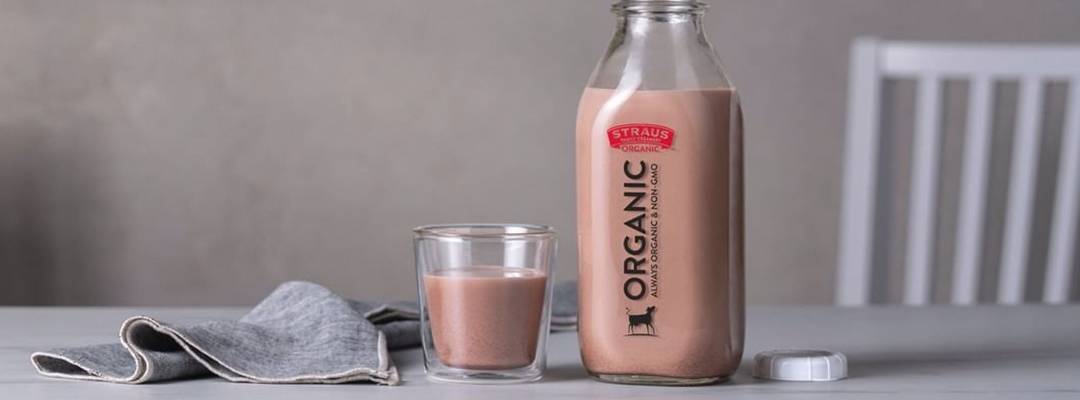
3. Quality Aesthetic.
Glass not only feels premium but it also looks good. There’s no question that glass packaging stands out when compared to standard plastics and cardboard packaging. Higher quality packaging will always give consumers the perception that your product as a whole is of a higher quality than your competitors.
Not only does your glass-packaged product stand out on a shelf beside its competitors, but it will appeal to the design-conscious and eco-conscious consumer. Being able to stand out in marketing is important and Traders Point Creamery has done an excellent job at using the quality aesthetic of their product for their digital marketing, intriguing their followers with beautiful photography, engaging recipe ideas, and life around the farm, restaurant, and creamery. While their Instagram feed often shows the products in use, they also incorporate packaged product shots into their content – in turn, encouraging their audience, consumers and partners to do the same.
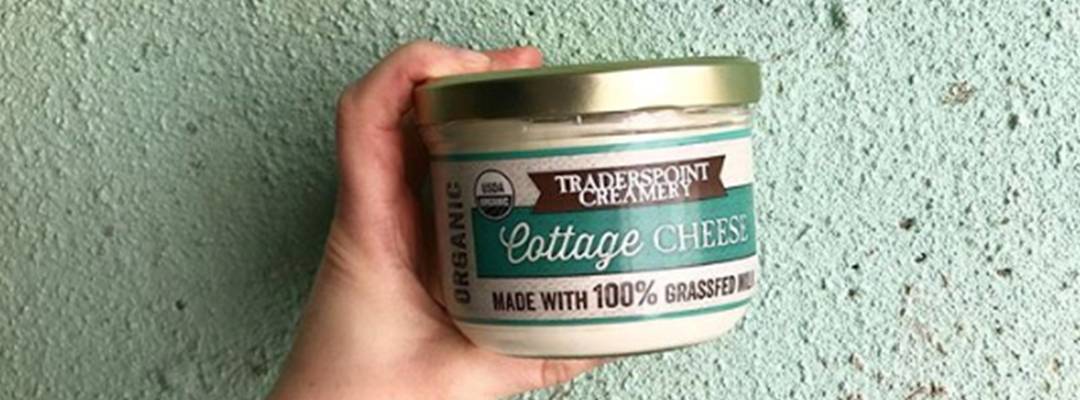
The quality aesthetic of glass packaging can be taken to a whole new level with exciting and distinctive brand application. By using state-of-the-art application equipment, Stanpac can enhance virtually any glass container using a direct screen printing process called Applied Ceramic Labeling (ACL). Read more about how this exciting technology can elevate your packaging by visiting us here.
It’s important to be aware of what is performing well in the market and what your audience is purchasing, but don’t be misled by trends that are easily dismissed after a limited amount of time. Trends to be aware of include targeting women who tend to be the primary shoppers of the household, young adults with more discretionary funds, and emerging psychographic categories such as foodies, style-centric, lifestyle influencers, and socially-aware soccer moms.
4. Science.
The decision to package in glass goes beyond looking and tasting good. When we consider some of the largest industries for glass packaging, science plays a large part in ensuring that this is the right decision for your product.
Manufacturers of dips and sauces will often fill their packaging at very hot temperatures. This is done to sterilize the container and its contents during the filling process, limiting the number of steps required in the process as there is now no need for separate sterilization beforehand. For this reason, manufacturers prefer solid glass packaging that can withstand hot temperatures and won’t melt when filled.
Moisture maintenance is critical for sugary products like honey and syrup. We’ve all witnessed this before – a bag of sugar that has been affected by humidity will turn into a solid brick if not packaged properly and honey will develop a layer of crystals along its top layer. If water is introduced, you can ferment the contents; remove the moisture completely and you can end up with crystallization. Manufacturers often prefer impermeable glass to keep these products at the ideal moisture level.

Packaging also has the ability to affect the aroma compounds of the product inside. For example – the smell of extra virgin olive oil can be present naturally or it can be acquired through oxidative degradation under the most appropriate temperature, light, and oxygen availability.
Why are there so many different options when it comes to glass colour and transparency? The variations in glass colour can protect light-sensitive contents, extending shelf life and maintaining the quality of the product while still allowing the customer to see the product through the packaging.
5. Responsibility.
People understand that their purchasing decisions affect the environment and have started to incorporate more sustainable purchasing patterns into their daily lives. Taking measures to ensure that you are doing your part for the environment is important for every business and will lead to a larger, more loyal consumer base.
A study by Cone Communications, found that 91% of global consumers expect companies to operate responsibly and make efforts to address environmental concerns. Research also shows that 84% of shoppers seek out environmentally responsible products whenever possible.
In addition to doing your part for the environment, a study of US consumer attitudes and behaviours has shown that the marriage of health and environmental responsibility is becoming significantly more important. Studies show that 71% of grocery shoppers, ages 18 to 65 years, agree that products with a healthier ingredient list should be using packaging materials that are equally as important. Glass and paper are perceived as the healthiest, with Styrofoam and plastic considered the least healthy.
“Consumers are turning their attention to clean label products that also offer ‘clean’ packaging. They’re wanting brands to think about their packaging as an extension of their healthy ingredient list and eco-friendly brand equities,” states EcoFocus Worldwide Founder, Linda Gilbert.
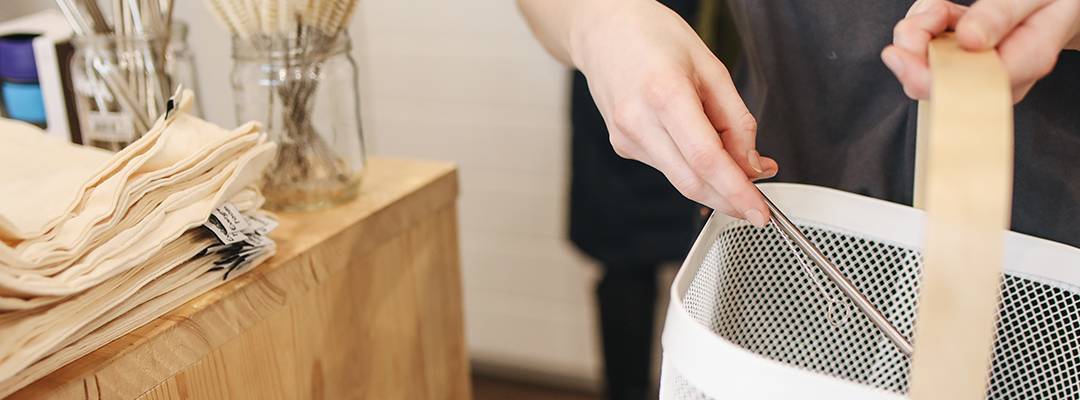
Packaging is one of the most significant decisions your business will make when it comes to manufacturing your product. The consumer will do their part in deciding if your product is right for them, but before they are able to do that, your business will need to determine what the right decision is for your product.
Benefits of attracting higher end consumers
It’s no secret that appropriate pricing is an important part of running a successful business. Setting a premium price for your product gives you the ability to target your ideal market and control the amount of money coming into your business. For this reason, it is crucial to be setting the right prices from the get go.
Glass packaging unquestionably comes with a higher price point than the alternatives. There’s no need to worry, though. Your business stands behind your product and is prepared to speak to its quality and craftsmanship, and now that you’re armed with all of the information from above, the price point at which your product is listed will surely attract your ideal customer.
In a saturated market, a higher or premium price point will give your product a competitive advantage and deter competitors. When similar businesses are forced to sell their products at lower prices than yours, it gives the consumer the perception that the products of your competitors are of lesser quality than yours. A premium price will position your product and your company as the best in the field.

While the price point of glass packaging may be higher than its competitors, the landfill and recycling costs associated with the alternatives are far greater due to the elaborate processes needed to prepare the products for reuse. Introducing sustainable packaging that doesn’t overwhelm the landfills is not only a great option for your business, but it’s a safe and healthy option for the environment.
Brand awareness is essential in every business model and premium pricing can be an effective strategy when it comes to reaching your audience and in turn, increasing sales. A higher priced, higher quality product can encourage discussion, promotion, and earned media for your product which will create increased visibility of your product.
Ensure that your business is setting a price point accordingly. This means covering the cost of the actual packaging, but also incorporating the cost of marketing the product. Improved profits will come from a strategic, integrated communications and marketing plan.
I’m convinced. Now what?!
Now that your packaging decision is as clear as glass, it’s time to get started! Want to discuss which glass packaging options will be best for your business? Feel free to call us at 905-957-3326. We look forward to hearing from you.
